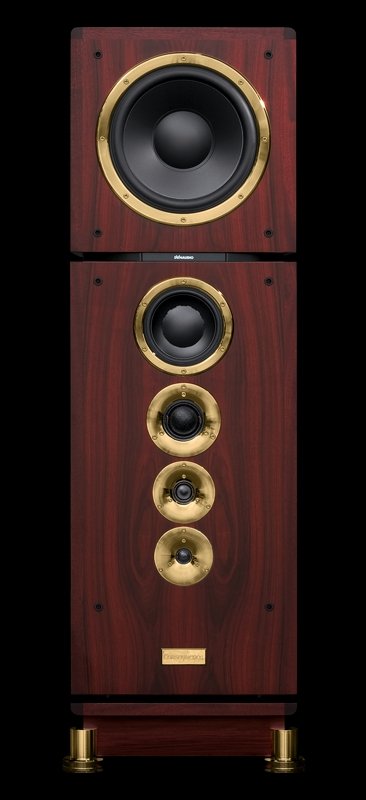I expect that I'm being ignorant here, but I don't understand much of the talk about image height among audiophiles.
My system's special strength is imaging, but largely in the areas of the left/center/right and near/mid-distance/far dimensions, and I don't notice a great deal of placement precision between my floor and six-ish feet above the floor, from where I'd expect most musical sounds to originate.
I listen to live music (amplified and unamplified) at least once a week most weeks, and I'm not particularly aware of vertical pinpointing of sound then, either.
I can only think of a few situations in which I'd expect to notice the height of a music source "in real life," and most of those are when I would be sitting very close to an unamplified performer (a violinist or cellist in my living room, for example); in most other cases the venue of the performance seems to "take over" as the dominant factor in placing sounds. I've also sat in a couple of recording studio control rooms, and in those cases I haven't seen microphone or mixing techniques deliberately focused on locking in the height of a source.
Can those of you with state-of-the-art systems really tell that a vocalist is 5'6" tall or that a tom might sit 14" lower than a hihat? Thanks!
My system's special strength is imaging, but largely in the areas of the left/center/right and near/mid-distance/far dimensions, and I don't notice a great deal of placement precision between my floor and six-ish feet above the floor, from where I'd expect most musical sounds to originate.
I listen to live music (amplified and unamplified) at least once a week most weeks, and I'm not particularly aware of vertical pinpointing of sound then, either.
I can only think of a few situations in which I'd expect to notice the height of a music source "in real life," and most of those are when I would be sitting very close to an unamplified performer (a violinist or cellist in my living room, for example); in most other cases the venue of the performance seems to "take over" as the dominant factor in placing sounds. I've also sat in a couple of recording studio control rooms, and in those cases I haven't seen microphone or mixing techniques deliberately focused on locking in the height of a source.
Can those of you with state-of-the-art systems really tell that a vocalist is 5'6" tall or that a tom might sit 14" lower than a hihat? Thanks!







